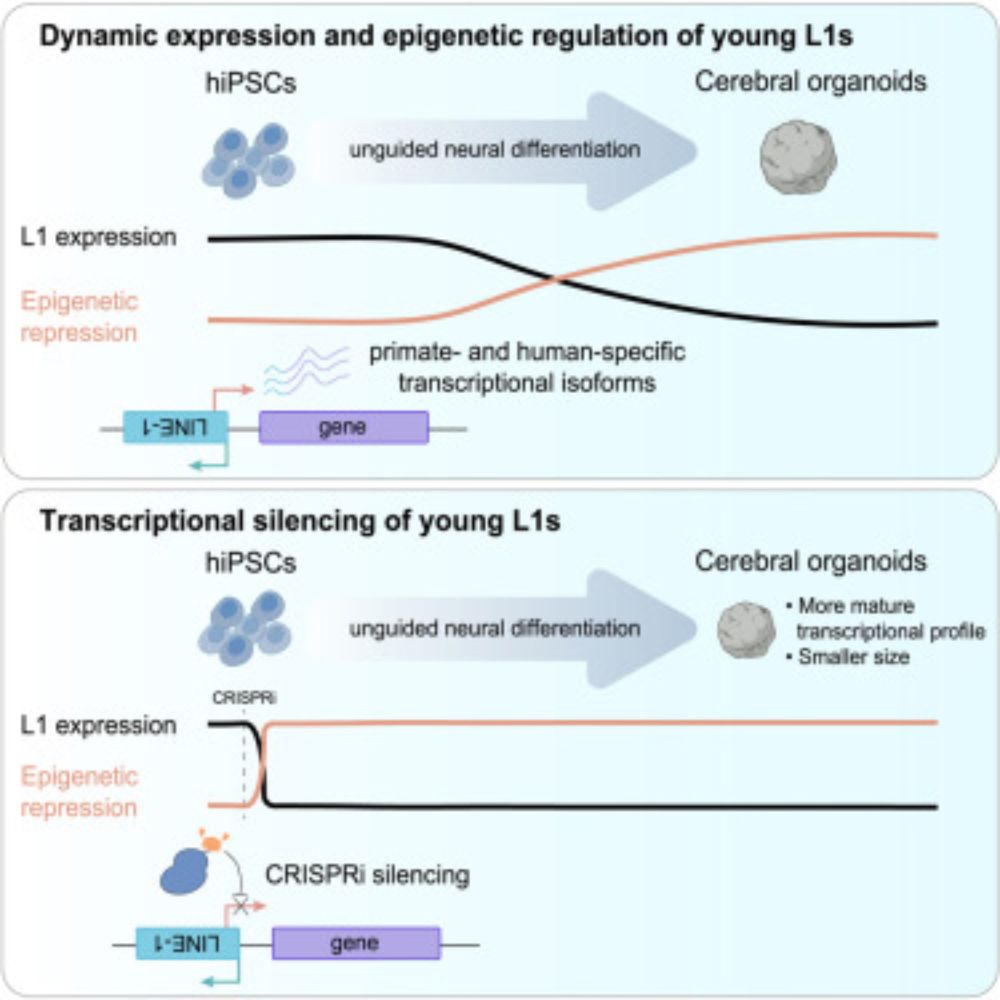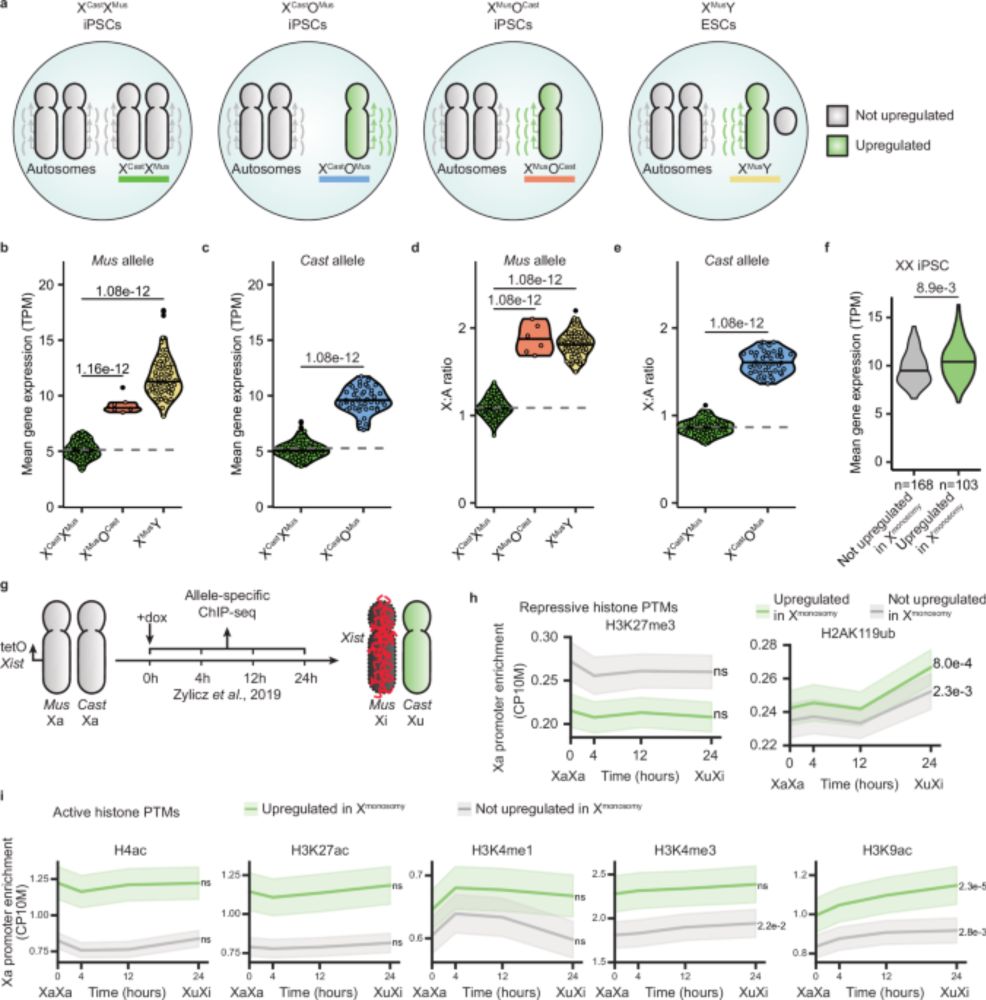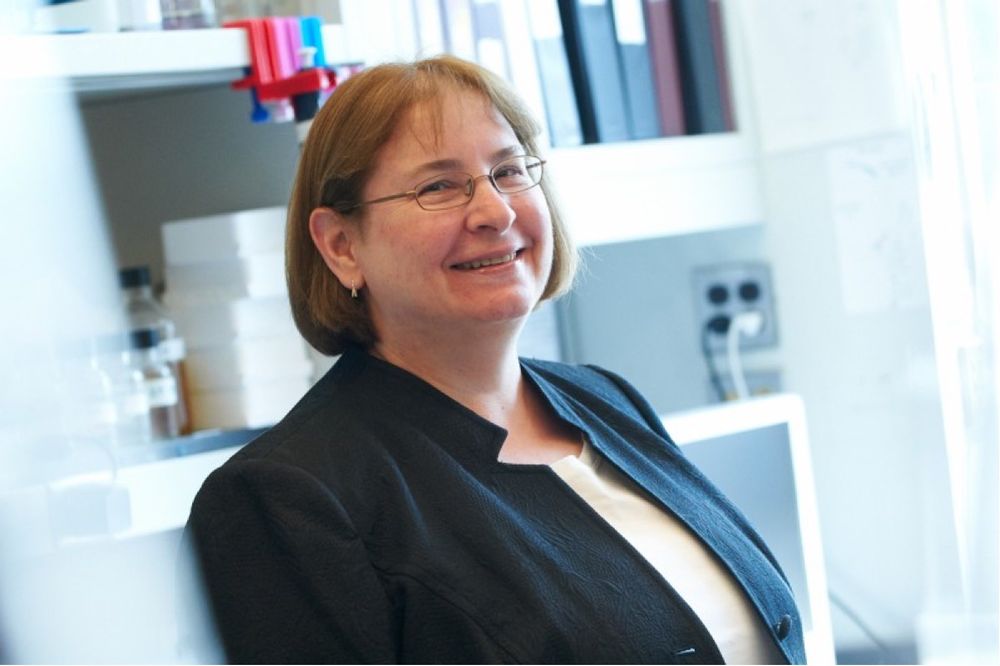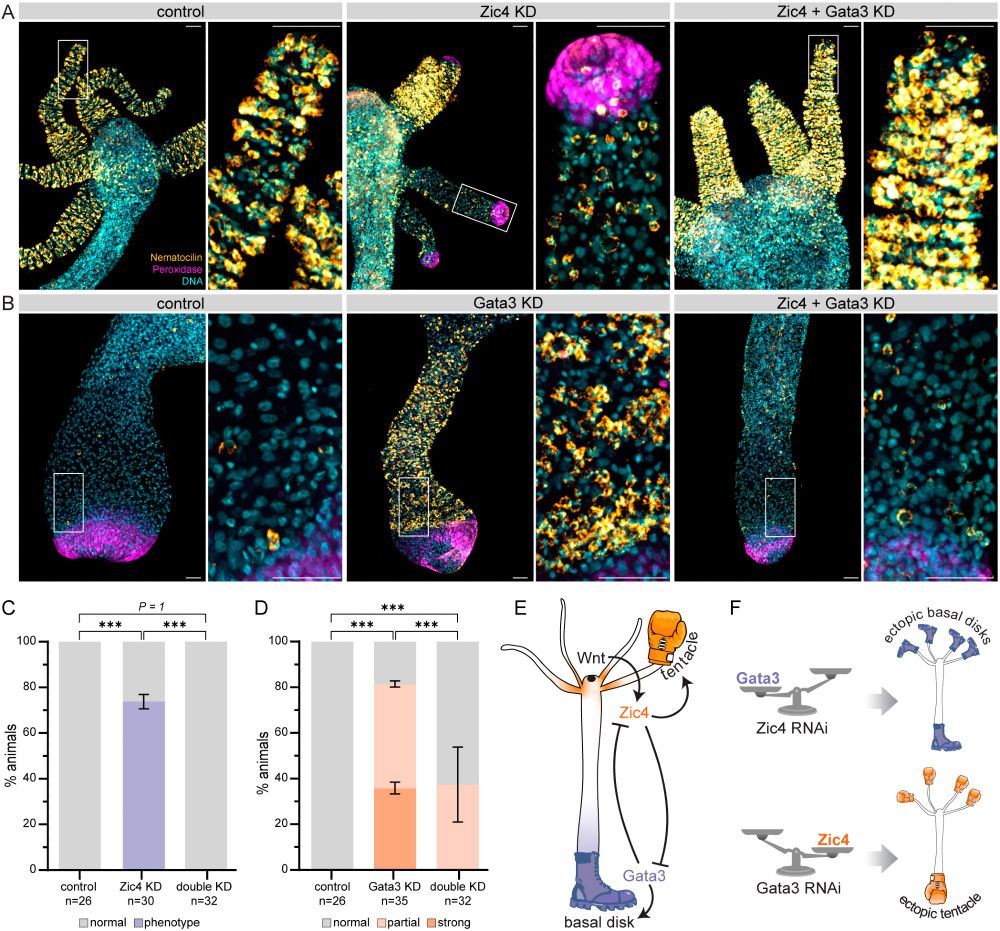@stadtfeldlab.bsky.social
110 followers
190 following
35 posts
Stem cell biologist intrigued by the developmental functions of epigenome regulators and how they can go awry. Father of two beautiful kids. Former Tour de France contender (in his dreams). Opinions expressed here are my own.
https://www.stadtfeldlab.com
Posts
Media
Videos
Starter Packs
Reposted
Reposted
Reposted
Reposted
Reposted
Reposted
Pearson Lab
@capearson.bsky.social
· Sep 7

Mitochondrial dysfunction precedes neurodegeneration in DRPLA patient-derived neurons, and phenylbutyrate improves survival.
Dentatorubral-pallidoluysian atrophy (DRPLA) is a progressive autosomal-dominant neurodegenerative disorder caused by a CAG repeat expansion in the ATN1 gene, which encodes the transcriptional corepre...
www.biorxiv.org
Reposted
Cedric Boeckx
@cedricboeckx.bsky.social
· Aug 28

A mouse organoid platform for modeling cerebral cortex development and cis-regulatory evolution in vitro
Medina-Cano et al. report a new protocol for the reproducible generation of cerebral
cortical organoids from mouse epiblast stem cells, which recapitulate the developmental
tempo, cytoarchitecture, an...
www.cell.com
Reposted
Johan Jakobsson
@jakobssonlab.bsky.social
· Aug 23

LINE-1 retrotransposons mediate cis-acting transcriptional control in human pluripotent stem cells and regulate early brain development
Adami et al. demonstrate that evolutionarily young L1s are expressed in human pluripotent
stem cells and are dynamically regulated throughout neural differentiation. The study
examines the role of L1s...
www.cell.com
Reposted
Reposted
Abby Buchwalter
@abbybuch.bsky.social
· Jul 22

The nuclear periphery confers repression on H3K9me2-marked genes and transposons to shape cell fate - Nature Cell Biology
Marin et al. report the role of lamin proteins and the lamin B receptor (LBR) in chromatin positioning at the nuclear periphery. Knockout of all lamins and LBR in mouse embryonic stem cells leads to h...
www.nature.com
Reposted
Molecular Cell
@cp-molcell.bsky.social
· Aug 12

Distinct specificity and functions of PRC2 subcomplexes in human stem cells and cardiac differentiation
Much et al. reveal that the PRC2 subcomplexes PRC2.1 and PRC2.2 play distinct roles in the epigenetic repression of developmental genes in human stem cells. Interactions between the PRC2 core and its accessory proteins, DNA, and H3K36me3 dictate PRC2 activity and, ultimately, modulate cardiac differentiation and function.
dlvr.it















